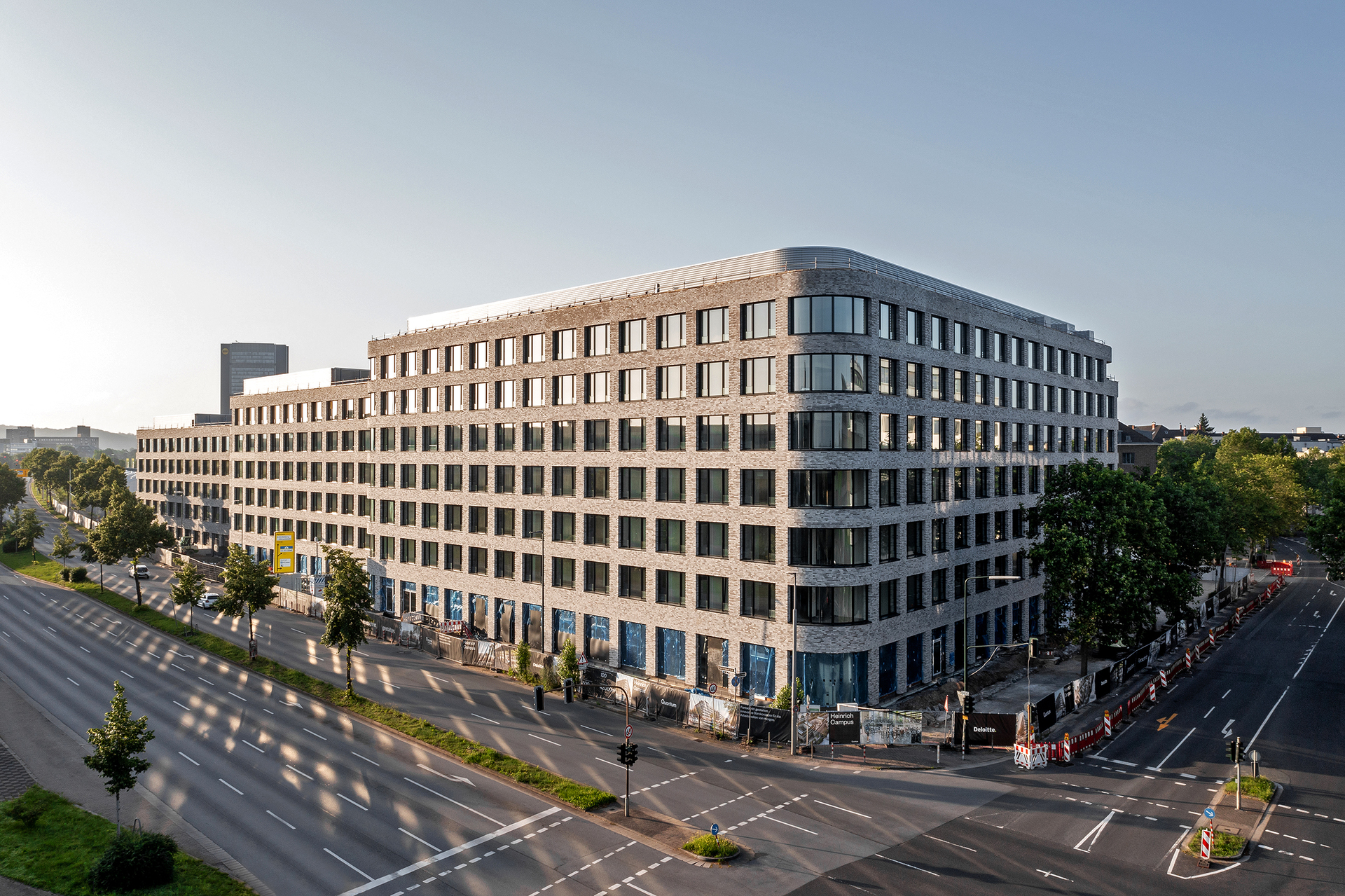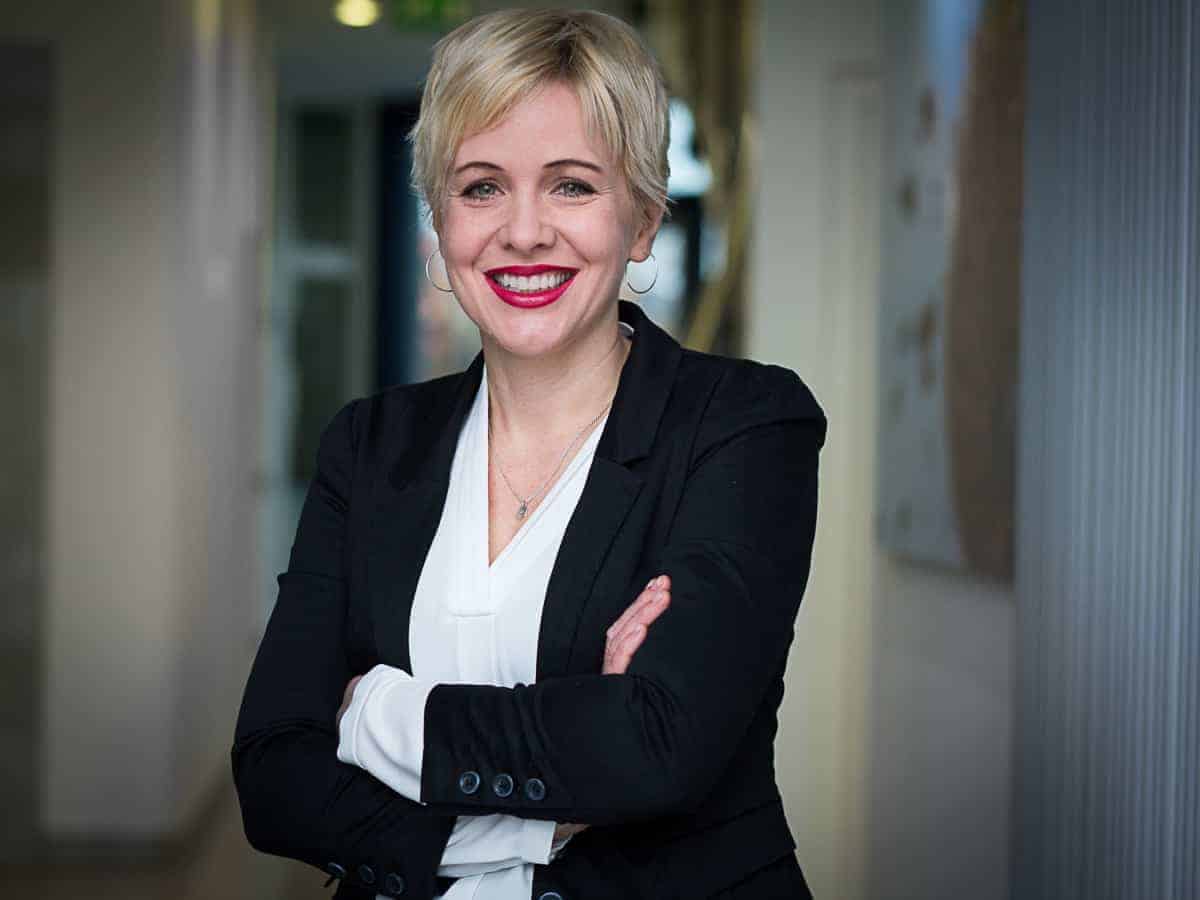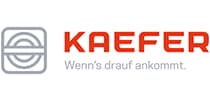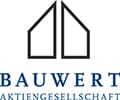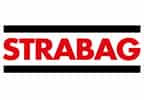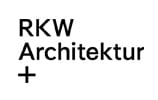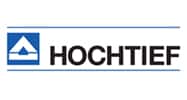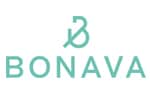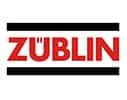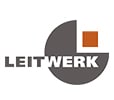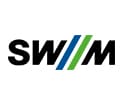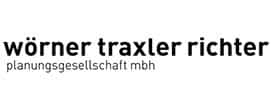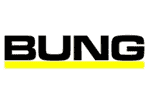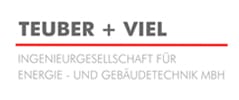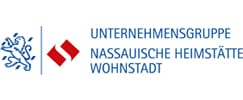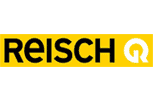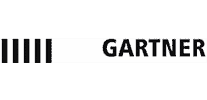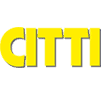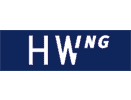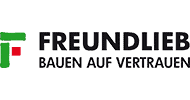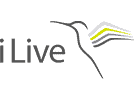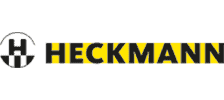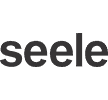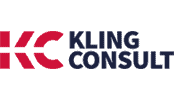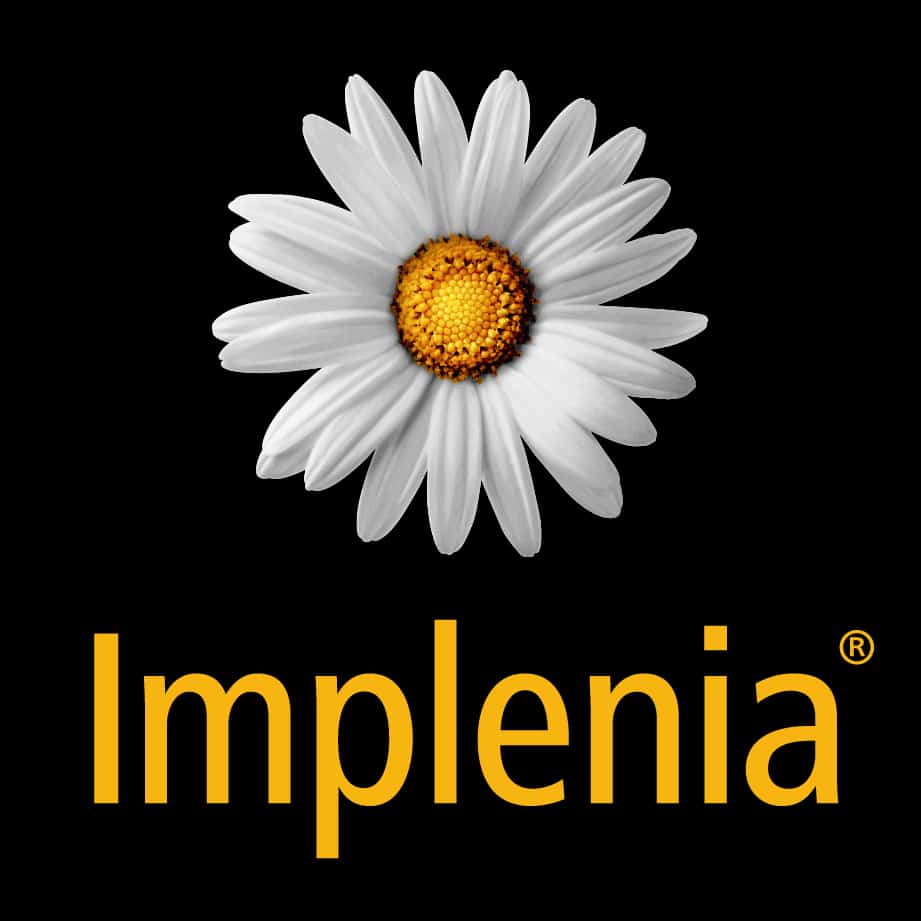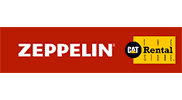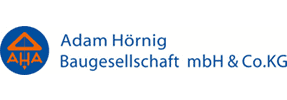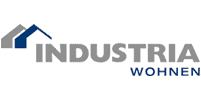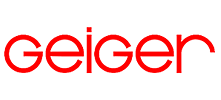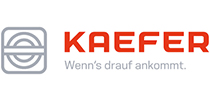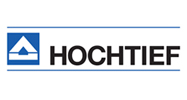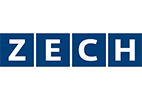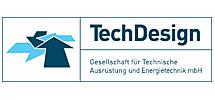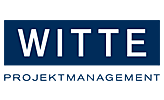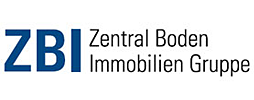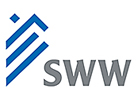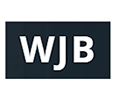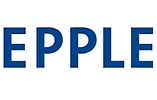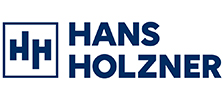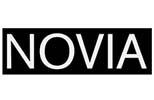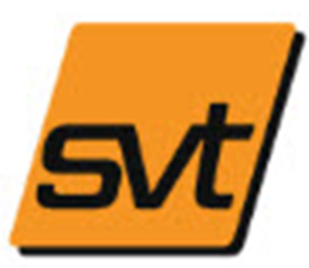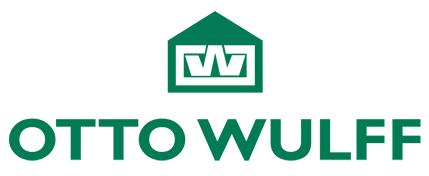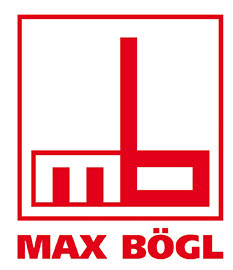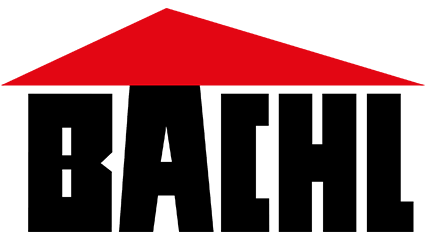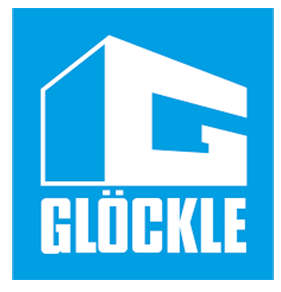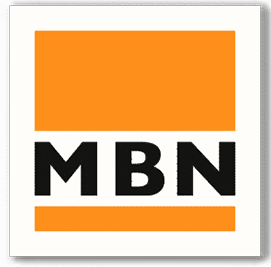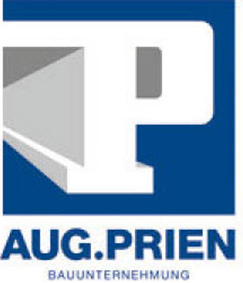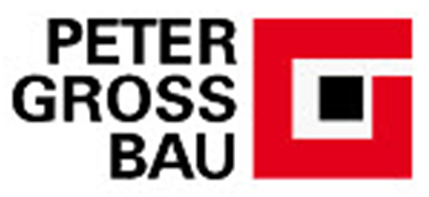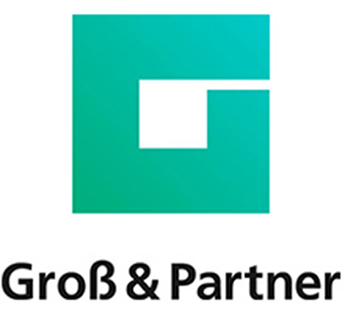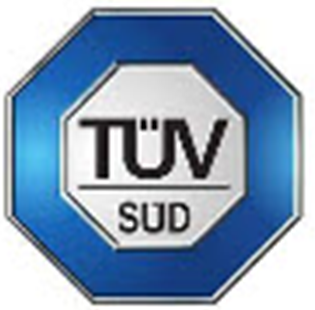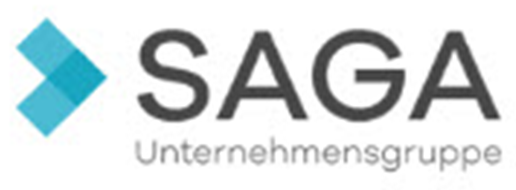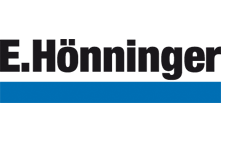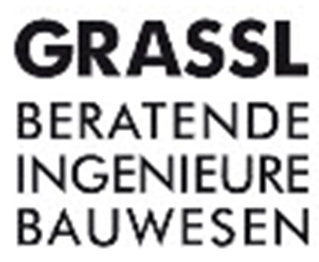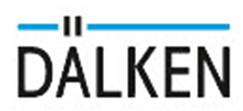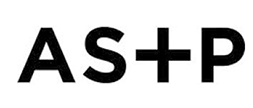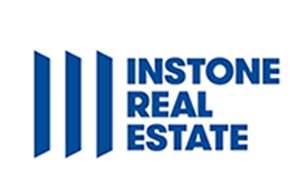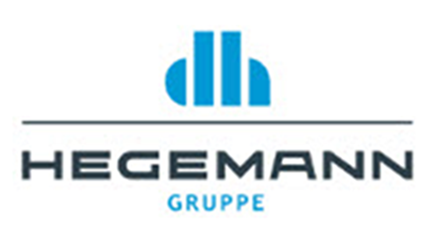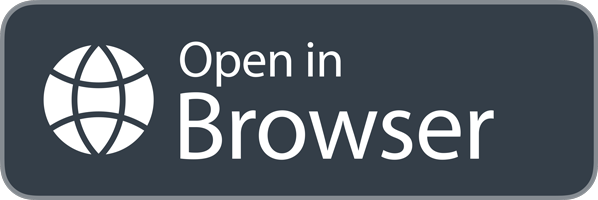HW-Ingenieure GmbH
Four software solutions from a single source
Construction documentation, defect, image and interface management
The company HW-Ingenieure GmbH is active in construction management and supports clients from various sectors in the realisation of demanding building construction projects – from the tendering process to warranty monitoring. It has set itself the goal of minimising risks in the construction process and optimising costs, deadlines and quality in the interests of the client. In order to be able to organise the processes from service phase eight (project supervision) and nine (project management & documentation) more efficiently, the Berlin branch opted for four modules from edr software GmbH: mydocma MM for defect management, mydocma RP for construction documentation, mydocma PX for image management and mydocma SH for integration software. After around nine months, the modules used were rolled out in all branches of HW-Ingenieure GmbH. In the following interview, senior project manager Florian Schneider, who is closely familiar with the entire topic, outlines the engineering firm’s successful digitalisation process.

Initial situation
edr software: What was the underlying problem before the introduction of our solutions and what was used in the relevant areas? Let’s start with defect management.
Florian Schneider: We primarily used Excel (MS Office) for defect management – not an efficient and secure way of processing data, as it is extremely labour-intensive. The associated analogue processing steps, such as recording defects on paper, transferring them to tables and further defect processing by email, are very time-consuming and often result in a ‘silent mail’ effect. This means that inaccuracies and errors are inevitable. This effect is magnified when several colleagues with different IT affinities work on an Excel file or data is entered by non-specialist assistants.
edr software: How was image management organised in the past?
Florian Schneider: Downloading, renaming, sorting and filing images all took a lot of time. Our storage on the company’s own server was also largely heterogeneous, which meant that searching for photos was often a test of patience. After lengthy site inspections, colleagues were often faced with the problem that they could no longer allocate the images exactly to the component and content. In some cases, extremely long file names in combination with long file paths meant that files could no longer be opened at all. Due to individual camera settings, some very high-resolution image files ended up on our server, which sooner or later would have severely impaired our storage capacity.
edr software: And how were the daily construction reports created?
Florian Schneider: We used Word templates or printouts in paper form for daily construction reports. This was a difficult endeavour, as it was no longer possible to quickly and transparently check whether they contained all the necessary information and were complete. Another shortcoming of this form of processing is that it is not possible to establish a direct link to the processes in the contract schedule. The reports are a necessary basis for supplementary negotiations and possible legal disputes, so the completeness, quality and archiving of the documentation must not be compromised.
edr software: Have products from other suppliers already been tried out in advance and if so, why did they not prove successful?
Florian Schneider: We took a closer look at a few software candidates that I had used and administered at a previous employer for several years. I was well familiarised with it, but based on my experience we refrained from working together at HW-Ingenieure GmbH: the hotline was relatively difficult to reach for support purposes, the user interface was not always intuitive and the implementation of project-related requests sometimes took a very long time. There was no separate view of the processes according to client and subcontractor – in my opinion, this is a clearly unique selling point of your defect management system. In the end, after comparing the providers, we decided in favour of the solutions from edr software.
edr software: How did you hear about us?
Florian Schneider: We were provided with external mydocma MM access in various projects, which gave us an insight into the functionality and scope of your defect management software. This gave us a good basis for comparison with the alternative products during the decision-making phase.
edr software: What ultimately persuaded you to choose edr software as your digitalisation partner?
Florian Schneider: We awarded the contract to edr software because of a number of points: Many of our partners are already customers of yours, so we have a common interface and can work together more efficiently. The possibility of connecting other defect management systems via mydocma SH is another favourable factor. We appreciate the detailed preparation of the individual processes and the correspondence-related views by client and subcontractor. All correspondence runs via the defects module, the standardised documents are neatly archived and can be retrieved at any time, eliminating the need to file them in Outlook or on the server. Apart from the scope of the software products, we were also impressed by the customer service, especially the good availability of the telephone support.
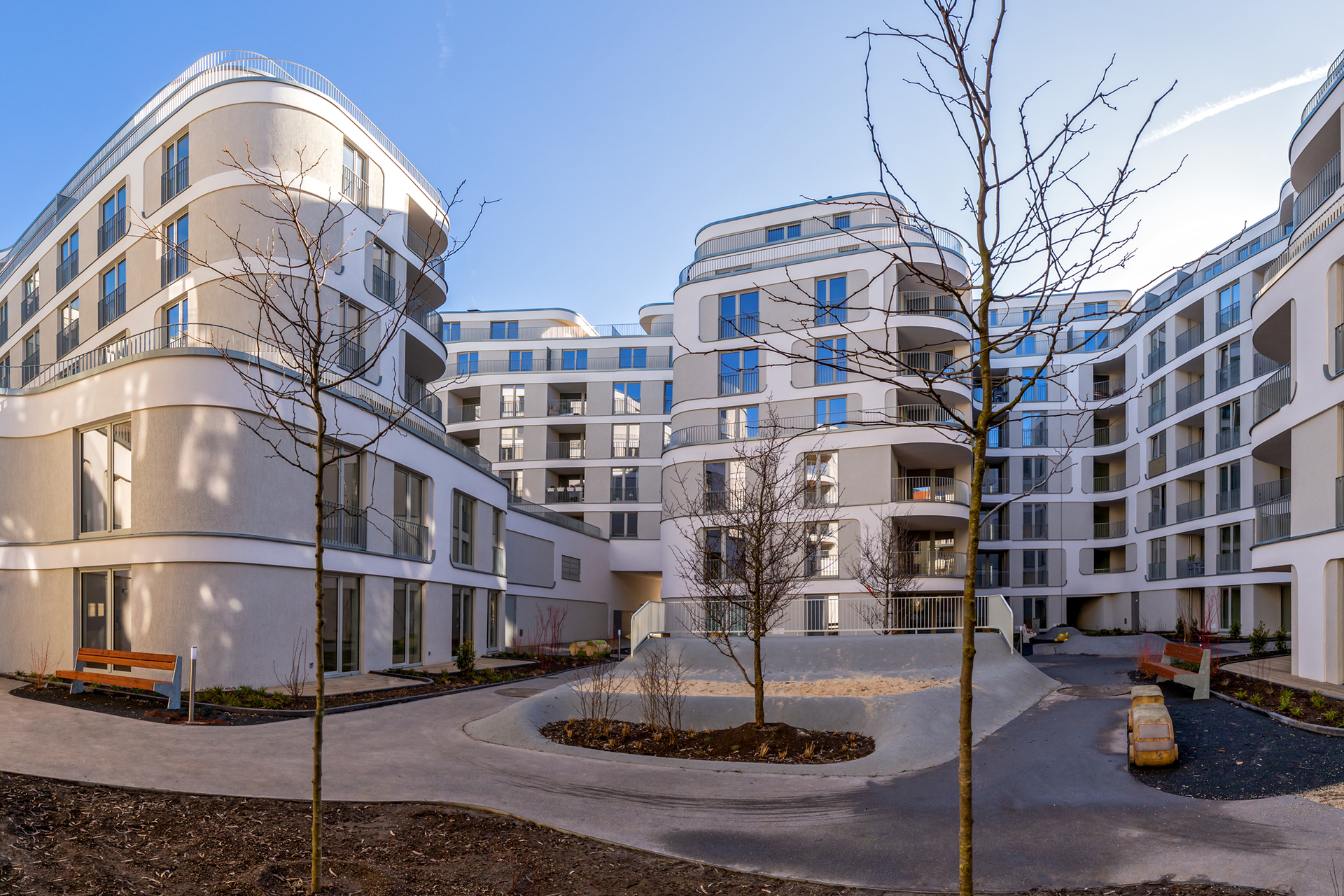
Problem solution
edr software: What demands were placed on the new software?
Florian Schneider: It is very important to us that we have our data securely managed and available at all times. We see the Software as a Service model as an adequate solution to relieve the burden on our in-house server. We attach great importance to the adaptability of interfaces: This enables us to exchange data easily with project partners, regardless of whether they use the mydocma MM module for defect management or a different one. edr software has emerged as a clear favourite for the digitalisation of our business processes because it offers several sophisticated software products from a single source. This is combined with the major advantage that we can exchange data between the defect management, image management and digital construction diary at the touch of a button.
edr software: How were the applications introduced in your company?
Florian Schneider: The presentation of the software solutions by Mr Janoske in January 2019 was followed by a start-up workshop in which we looked in more detail at how we wanted to set up the individual modules. Once our existing warranty projects had been configured and the employee training had taken place, we got started with mydocma MM in April. In an additional administrator training course, we were taught how to set up projects ourselves.
edr software: Did you feel well looked after during the implementation phase?
Florian Schneider: The introduction was professional and took place quickly – our figures reflect this. After just over two years, we are already managing 54 projects with around 50,000 cases in our defect management system – that is more than 95 per cent of our orders for the execution and warranty phase. The image management software mydocma PX, which has been in production for a good year and a half, comprises 82,440 images to date and is also already being used quite extensively in our company.
edr software: How were problems from the past solved in detail with the new software?
Florian Scheider: We have several clients who pay us per warranty case. Our finance department now automatically receives all the necessary data from the MM application in chronological lists of defects, which of course speeds up and simplifies invoicing considerably. We also regularly inform our clients about the status of defects with the itemised reports. We used to spend a lot of time responding to status enquiries by phone or email – that’s largely a thing of the past now. With SH, we have found the right link to ensure a smooth exchange of data between all project participants. There is already a link to external mydocma MM systems in six projects, and further projects with links via CSV and REST API interfaces are being planned.

Result
edr software: What do you see as the biggest advantages of our solutions? Let’s start again with defect management.
Florian Schneider: Since switching to your digital construction solutions, we have saved a lot of time and benefit from the consistently high quality. With the standardised documents such as defect letters, protocols, reports, etc., we improve our public image towards business partners. This ensures that the standardised letters are always up to date and that no old versions are used. Because the defects are processed in mydocma MM like case files, colleagues can continue processing quickly and professionally if they are absent due to illness or holiday. The module always keeps us up to date on the processing status of the defects, whether via the traffic light system, various tabs or the reporting function. Everyone involved in the project can access the shared data pool much more easily than before, which is very beneficial for our teamwork.
edr software: What do you see as the advantages of digital image management with mydocma PX?
Florian Schneider: mydocma PX has become an absolute self-runner for us. The product is well thought out, easy to use and offers us an organised framework for filing and searching. We appreciate the ready-made labelling function, e.g. the assignment to a trade, component or room, which further enhances the image storage. With mydocma PX, as with all your software products, no additional data storage on the company’s own server is necessary – this saves our capacities.
edr software: And what do you think characterises mydocma REPORT in particular?
Florian Schneider: For us, using mydocma RP means: data security at all times and daily construction reports with substance. The documentation is more standardised and complete – if required, we can integrate photo documents from mydocma PX with just one click. Centralised archiving is much clearer for all users. We always have the signed daily reports immediately to hand – very useful in the event of a legal dispute or if we want to trace something in the project on a specific topic.
edr software: How do you feel about the user-friendliness of our products?
Florian Schneider: Usability is good and is continually being improved. Despite our comparatively young business relationship, we have already noticed enough positive developments.
edr software: How was our software received by the employees?
Florian Schneider: The applications were well received by colleagues – some of whom had already come into contact with them in the past. We use internal training courses and manuals to promote acceptance and at the same time establish a standardised procedure within the company.
edr software: Do our products fulfil all your expectations?
Florian Schneider: Many of our expectations are already being met. We openly communicate any additional functions that are required so that they can be included in future versions.
edr software: How would you rate the service/support of edr software?
Florian Schneider: Our direct contact Daniel Schinagl provides us with comprehensive and prompt support and we also receive quick and comprehensive assistance via telephone support.
edr software: Do you also use the statistical analysis options as a basis for strategic decisions?
Florian Schneider: The analysis tools are already being used in some places. Our office has already received expressions of interest from several parties, so that in future we will deepen and focus on this part even more through in-house training courses.
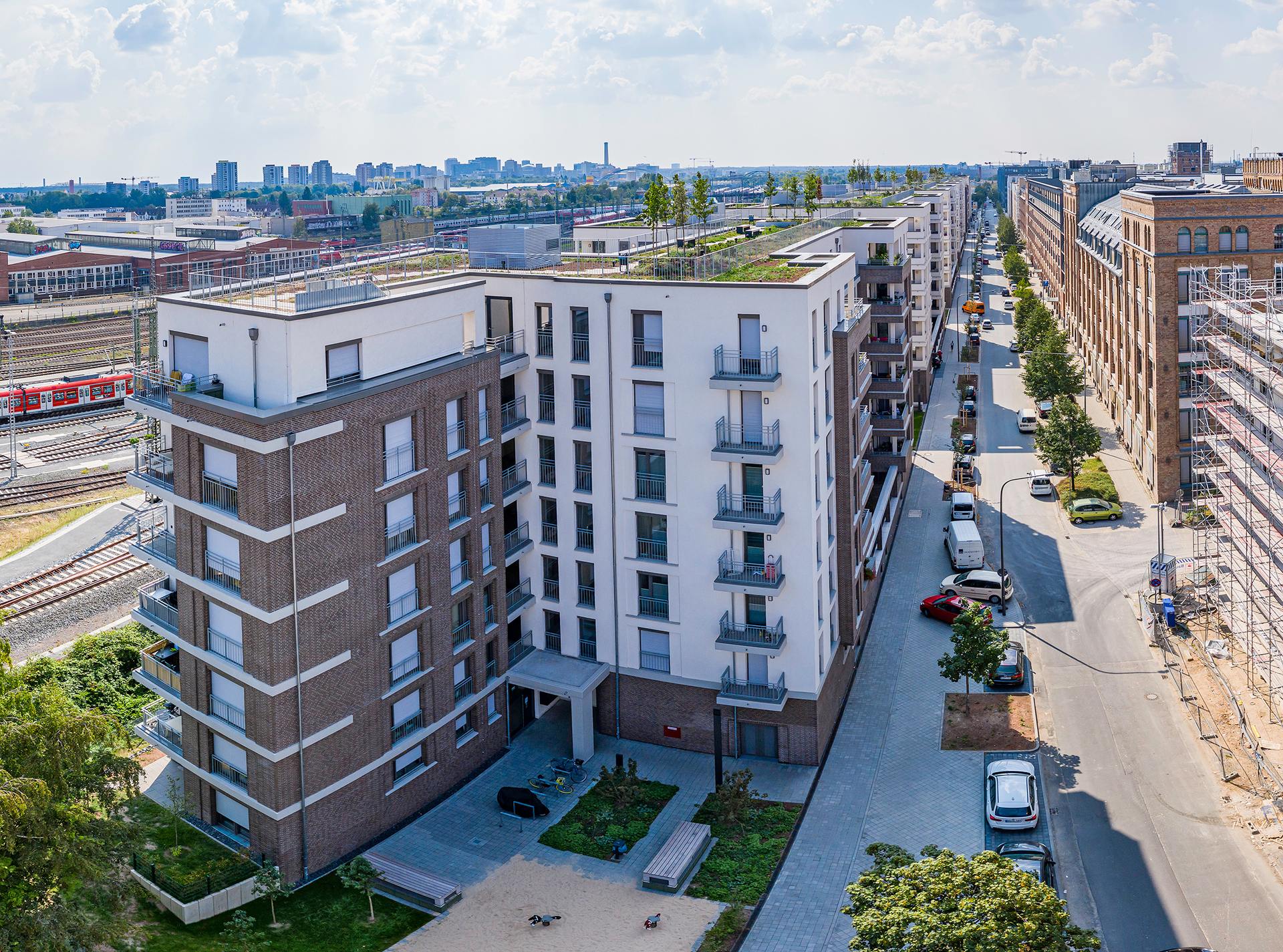
References
edr software: What were or are the biggest and most exciting projects that are/were realised with the help of our solutions?
Florian Schneider: One exciting major project is the Heinrich Campus in Düsseldorf: a new building that will be completed in 2022 and then rented by the company Deloitte. As well as GOeast in Hamburg – this involves the conversion of an existing logistics building into a modern commercial building for the Otto Group. And we are benefiting from digital support in prestigious residential construction projects such as Pappelallee 45 in Berlin and Weilburger Strasse in Frankfurt am Main.
edr software: Will you be expanding your collaboration with edr software even further?
Florian Schneider: I am confident that we will be taking a closer look at the mydocma AP form manager for quality assurance in the coming year. This is because we are looking for a checklist tool for construction supervision that we can use to quickly check whether the various trades are correctly complying with applicable standards and guidelines.
edr software: Mr Schneider, thank you very much for the detailed interview!



